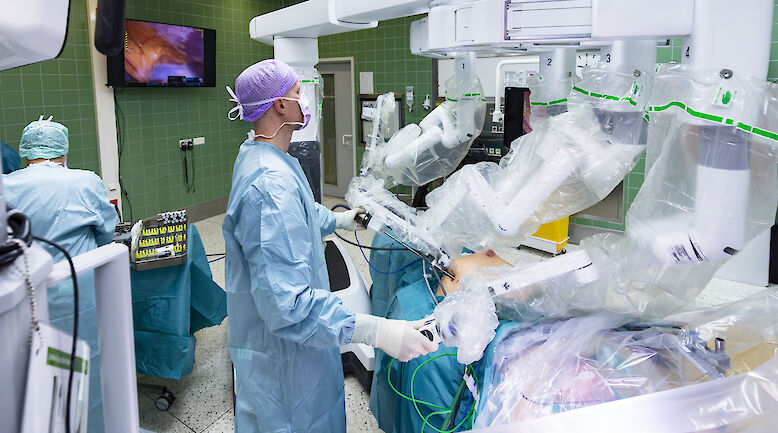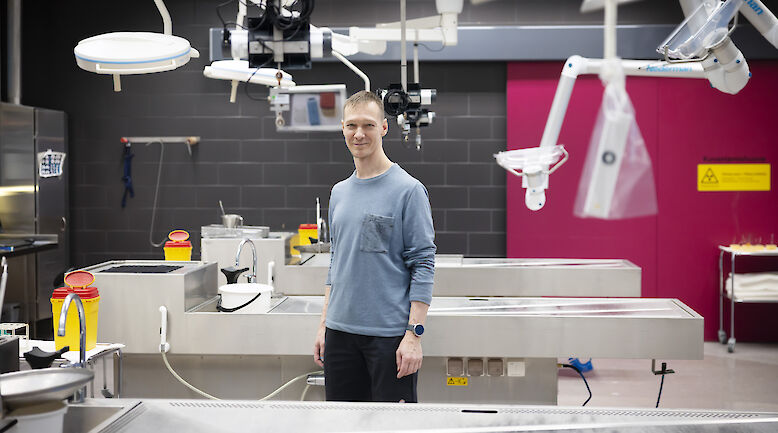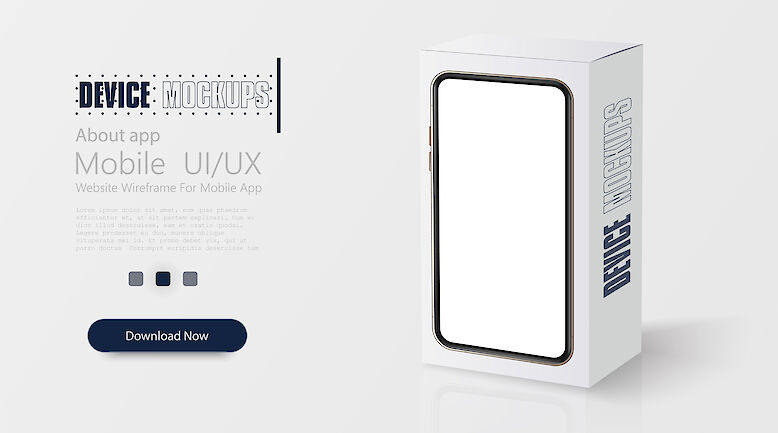English summary: OCCUPATIONAL HEALTH CARE EFFECTIVE IN IDENTIFYING RISK OF DIABETES

Background. Type 2 diabetes (T2D) is a growing health problem among the active workforce. Obesity and sedentary lifestyle are well known risk factors for T2D. Shift work and sleep disturbances are also associated with an increased risk of T2D. Lifestyle intervention trials have demonstrated convincingly that prevention of T2D is possible among high-risk individuals.
Objectives. The aims of this research project were to extend the health checkup process of Finnair's occupational health service (OHS) to cover evaluation of lifestyle-related risk factors among the Finnair workforce, to assess the prevalence of glucose metabolism disorders among workers with varying working hours, and to clarify whether experience from intervention trials could be implemented cost-effectively in the preventive work of the OHS. In this article we present the baseline results of the study.
Methods. During the years 2006-2008 one fifth of Finnair employees each year were invited for a checkup. Of these 4140 men and women, 2320 attended and gave their consent to participate in this study. The checkup included physical examinations, laboratory tests and questionnaires on working hours, sleeping habits, lifestyle and dietary factors as well as counselling by an occupational health nurse or a doctor. The FINDRISC diabetes risk score, fasting blood glucose and/or glucose tolerance test were used to classify the participants as having a low, increased or high risk of T2D. Those with an increased or high risk were referred to a diabetes nurse or a dietician for counselling.
Results. Based on the FINDRISC and/or fasting blood glucose, 13.5% were identified as high risk individuals and a further 16% had a moderate risk for T2D. Glucose disturbances were more frequent among men (14.8%) than among women (5.4%). Diabetes risk scores correlated well with risk factors for cardiovascular disease. In-flight workers had the lowest risk for T2D. Of the moderate and high T2D risk categories 53.5% and 49.3%, respectively, attended counselling by a dietician or a diabetes nurse. Individual counselling was preferred to group counselling.
Conclusions. The extended health checkup process seems to be effective in identifying workers with an increased risk of T2D and other cardiovascular risk factors. It seems possible to tackle common health problems in parallel with traditional preventive work in the OHS. To evaluate effectiveness, the health survey will be repeated after three years.
Kiitämme Finnair Terveyspalvelujen lääketieteellistä johtajaa, LT Markku Vanhasta käsikirjoituksen kommentoinnista ja työterveyshuollon erikoislääkäriä, LL Jukka Terttusta tietoteknisestä avusta kyselyaineiston käsittelyssä. Hankkeen käytännön toteutuksesta kiitämme Finnair Terveyspalvelujen koko henkilöstöä, erityisesti työterveysassistentti Katri Vendeliniä.













